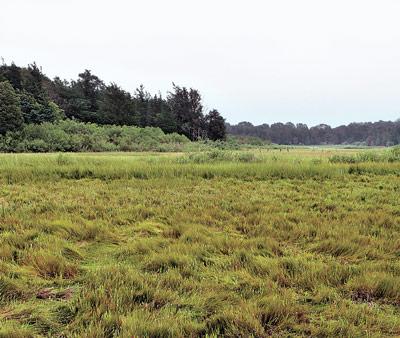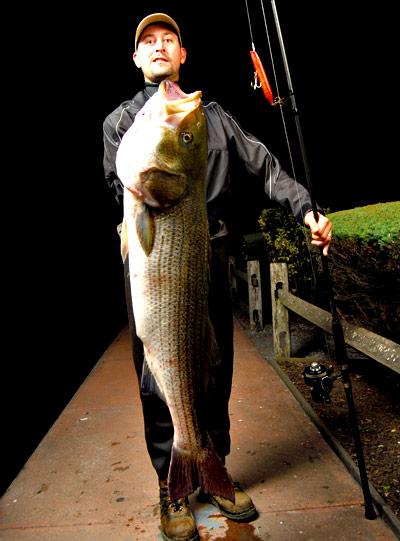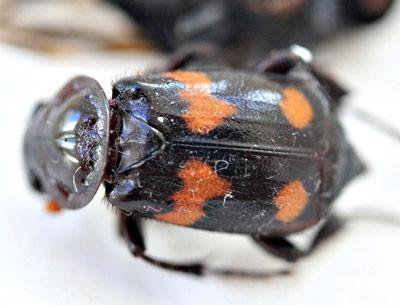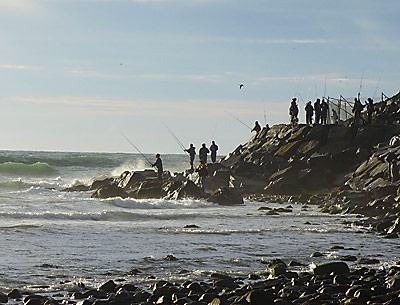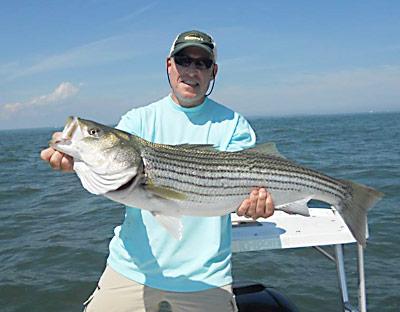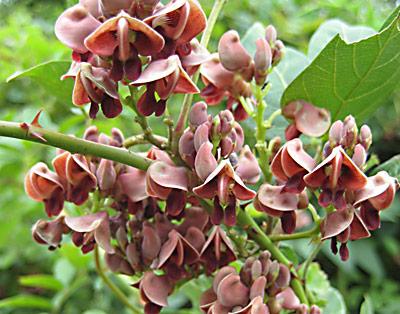Making the Connection
Making the Connection
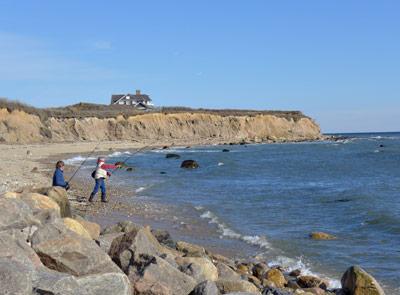
My mother was raised on a farm in Nedrow, N.Y., just south of Syracuse. For many years, she taught what was called home economics — sewing, cooking, the basics — at Division Avenue High School in Levittown, where I grew up. The community was made up mostly of families transplanted from the city.
At the beginning of each school year she found it necessary to start from scratch by asking for a show of hands to make sure everyone in the class knew where eggs came from. There were always a few who believed they came from the store, with no known connection to chickens.
The other day, my daughter told how a patron of the restaurant where she works gave her a wide-eyed description of the “wildlife” he’d seen from his car while making what must have been a first-time visit to our area from more concrete environs.
He’d seen rabbits, he told her, and deer, and a strange skinny dog, reddish with a fluffy tail. My daughter informed him the skinny dog was probably a fox, news that excited him still further. He might have driven off the road if he’d come across a parade of wild turkeys.
It’s a sight that’s become wonderfully routine in recent years, but still surprises, given how quickly the once-native birds have multiplied since their reintroduction during the winter of 1993-94. The population has become robust enough to justify a cull.
The hunting season for wild turkeys opens on Saturday and runs through Tuesday. The bag limit is one bird of either sex during the four-day hunt. The birds will go from our local woods to the Thanksgiving table without the need to address the urban quandary: Which came first, the chicken or the store?
Our connection to the natural world is a blessing that must never be taken for granted, or squandered. Sir Walter Scott’s “It’s not fish your buyin’, it’s men’s lives” referred to the hard work of fishermen, but when we buy a weakfish caught in a local pound trap, or scallops scooped up in a bayman’s dredge, it’s a transaction that affirms — like pulling a striped bass from the ocean to release or to eat, or watching a deer nibble your nasturtiums — our connection to this place.
The South Fork Natural History Society reminds us that the full moon on Sunday is the one Native Americans called the full beaver moon, time to set beaver traps to supply fur for warm coats in winter. We wonder if the lone beaver discovered last year living in Montauk’s Fresh Pond is still around.
Striped bass certainly are. The fall run of bass has not provided the kind of spectacular feeding frenzies of the last couple years, but it has remained consistent. During the past week surfcasters found bass all along Napeague ranging in size from small “rats” to fish in the teens and low 20-pound range.
The standings in the hard-fished Montauk SurfMasters Tournament for striped bass are as follows: In the Wader division, Mike Milano holds onto first place with a 38.08-pound bass caught on Oct. 5 followed by Richie Michelsen with a 37.64-pounder caught on Sept. 23, and Sam Doughty who caught his 26.36-pound striper on Oct. 20. John Bruno keeps his hold on first place in the wetsuit division by virtue of his 37.22-pounder.
In the women’s division, Mary Ellen Kane commands first and second with 21.6 and 19.35-pound bass. Christine Schnell is in third place. Her bass weighed in at 19.12 pounds. The youth division is headed by Brenden Farell with a 20.04-pound bass, followed by Philip Schnell in second place and James Kim in third place with 19.52 and 19.12 pound bass respectively. James’s fish must not have eaten as many sand eels.
Surfcasters and private boat fishermen reading this column should be aware that state conservation officers have been checking to see if you are carrying your recreational fishing registry cards. The free registry cards, which replaced a short-lived license requirement in March of 2011, are mandatory. The license requirement was quashed after East End townships sued and their right to permit fishing without “lett or hindrance” (a required license) was upheld.
The Southampton Town Trustees reported on Tuesday that a few fishermen had been fined for not having their cards. The East Hampton Town Trustees were expected to discuss the issue during their Tuesday night meeting.

